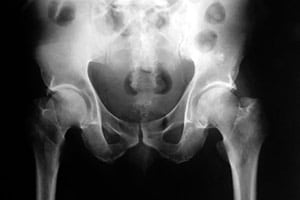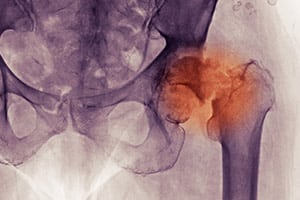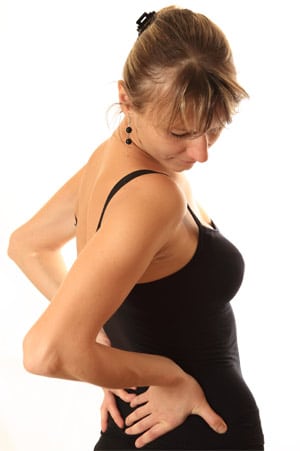29300 Portola Parkway, Suite B7, Lake Forest, CA 92630
Monday - Friday 8:00 AM - 5:00 PM
(949) 415-5005
Hips & Pelvis
https://orangecountyorthopedicsurgeons.com/conditions/general-orthopedics/ There are several orthopedic issues that can contribute to hip pain. Fortunately, there are plenty of options for treating hip problems, like orthopedic care, minimally invasive procedures, and hip replacement or reconstruction. Some of the most frequently seen hip issues are:
There are several orthopedic issues that can contribute to hip pain. Fortunately, there are plenty of options for treating hip problems, like orthopedic care, minimally invasive procedures, and hip replacement or reconstruction. Some of the most frequently seen hip issues are:
- Osteoarthritis – Osteoarthritis, which occurs due to normal wear and tear on your body, can develop in the hip joint in addition to other joints. Symptoms of osteoarthritis include stiffness, pain, and discomfort that worsen with physical activity. Treating osteoarthritis is very important, because it can worsen and result in the inability to move your hip. Physical therapy, anti-inflammatory medication, and hip replacement are treatment options.

- Bursitis – This condition is inflammation of the bursa. The bursae are small sacs in your body that reduce friction between tissues and bones. Your hips have bursa, and so do your shoulders, knees, and elbows. Inflammation of the hip bursa can be accompanied by dull aches and sharp pain that get worse at night or while walking. Physical therapy, steroid injections, and surgery to remove the bursa are treatment options.

- Hip fracture – A break in the upper part of the femur is referred to as a hip fracture. This is most frequently caused by a direct blow to the hip, but cancer, stress injuries, and osteoporosis can contribute to hip fractures. Rest and surgery to hold the bone in place are treatment options.
- Femoral acetabular impingement – This condition involves hip bones that are abnormally shaped. This results in damage to the joint caused by the bones rubbing up against each other. This condition is caused by bones not developing right during childhood. Pain in the groin and pain while turning, twisting, and squatting are symptoms of femoral acetabular impingement. Activity modification, physical therapy, medications, and surgery to repair cartilage or trim down bone are treatment options.
- Hip dysplasia – A developmental dislocation of the hip that surfaces in early childhood, dysplasia is characterized by a hip joint that is loose in the socket. This condition is hereditary and appears to be more common in first born children, babies born in breech position, and babies with a low amount of amniotic fluid. Decreased mobility on one side, limping, toe walking, uneven skin folds on the thigh, and legs of differing lengths are symptoms of dysplasia. It can be treated with casting, positioning devices, and surgery to realign the hip.
- Pelvic fracture – Characterized by a break in the pelvic bone, patients who are very athletic or who suffer from osteoporosis are more prone to this type of injury. Symptoms of a fracture pelvis include bruising, swelling, and pain. The use of crutches or a walker can be used to redistribute weight and allow the injury to heal, and surgery can be performed to fixate the bone in place and allow it to heal.

